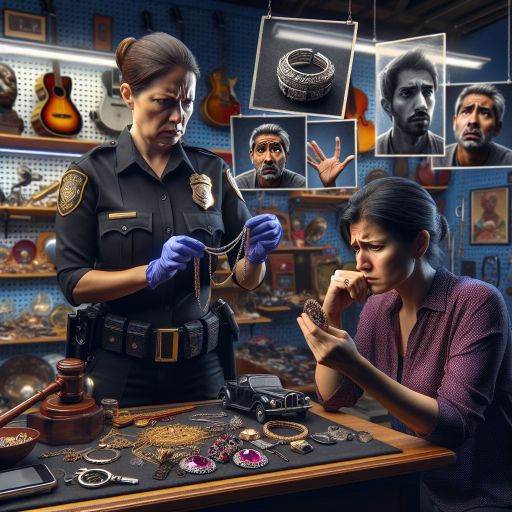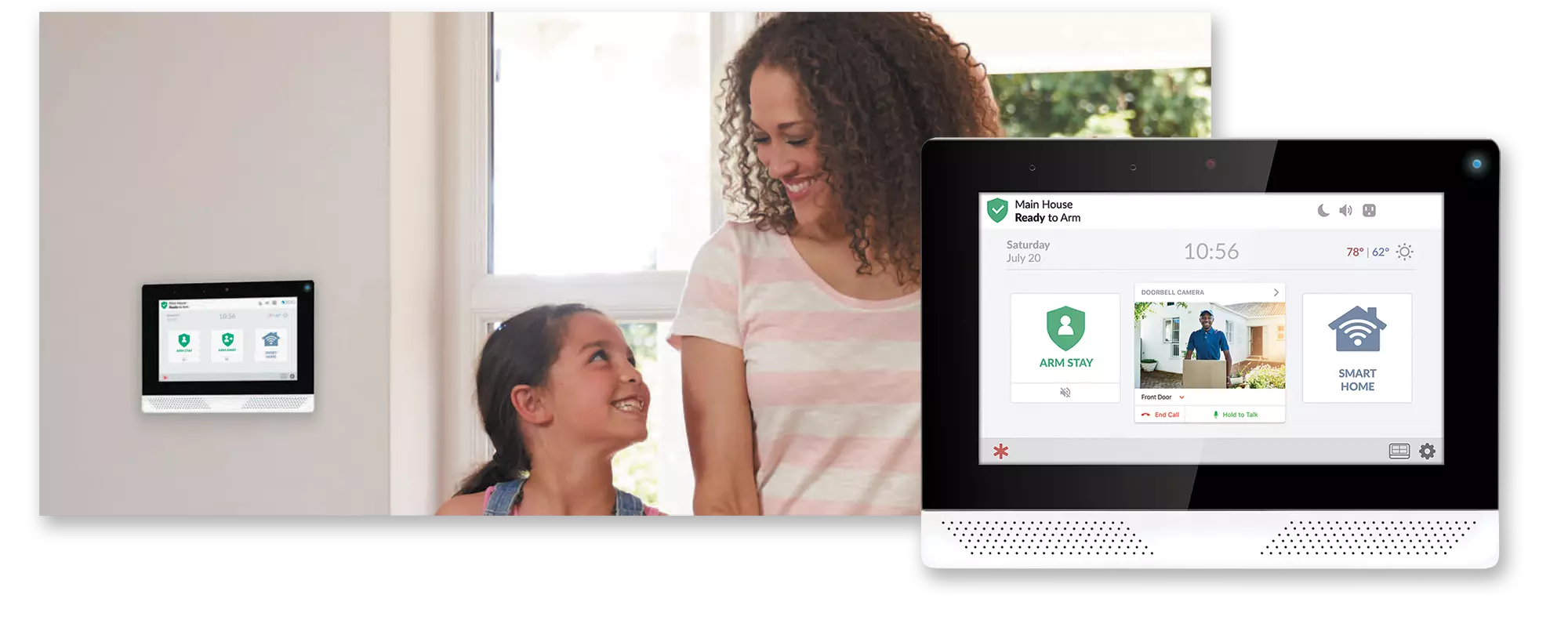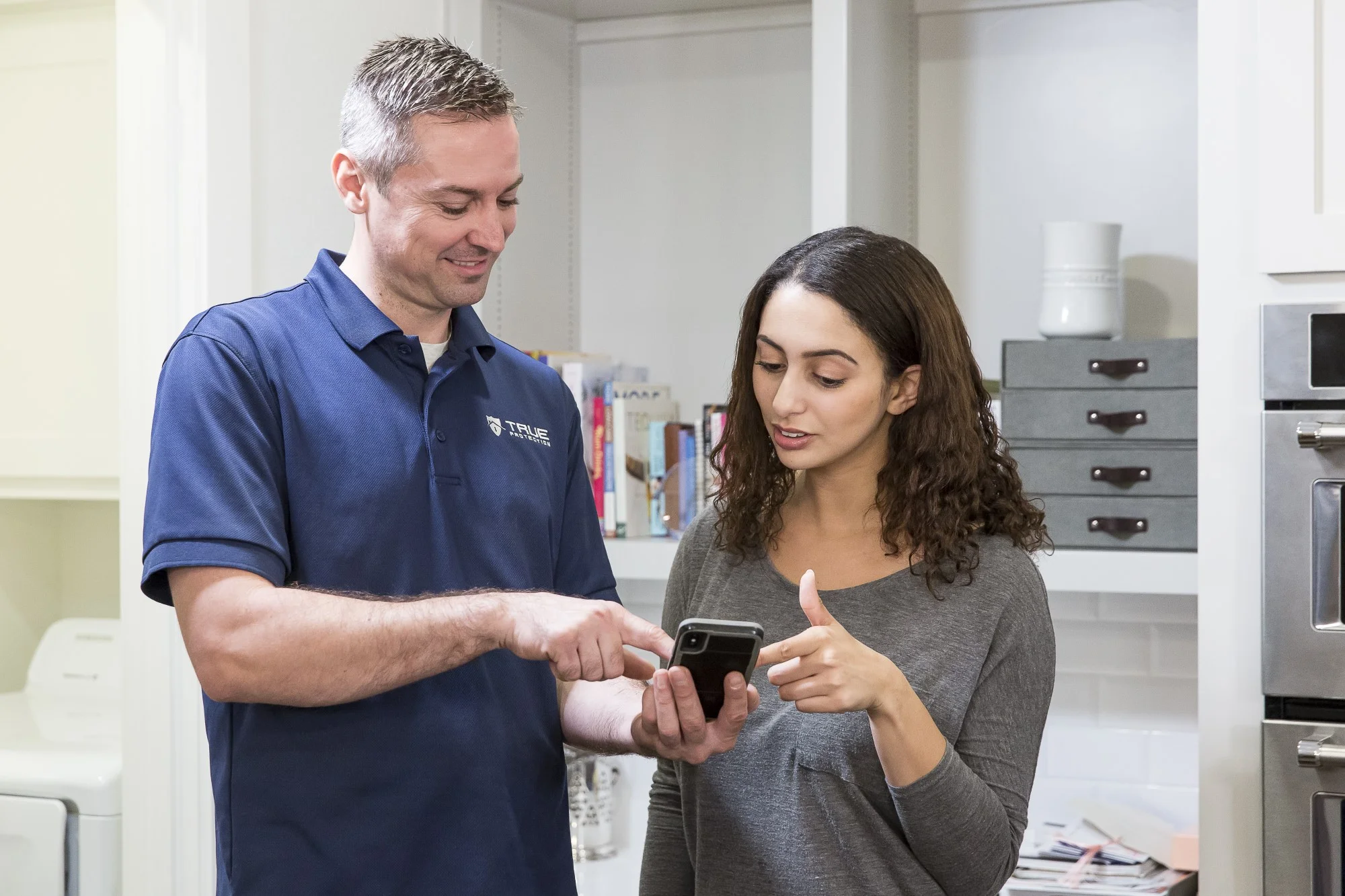- Introduction to Stolen Property Recovery
- Understanding the Legal Framework for Reporting Theft
- Immediate Steps to Take After the Theft
- Engaging Law Enforcement and Filing a Police Report
- Utilizing Technology: GPS, Smart Devices, and Online Databases
- Social Media and Community Outreach for Stolen Items
- Working with Insurance Companies
- Hiring Private Investigators
- Legal Options: Small Claims Court and Civil Litigation
- Collaborative Recovery: Neighborhood Watch and Local Organizations
- Reclaiming Stolen Items from Pawn Shops and Markets
- Preventative Measures to Protect Against Future Theft
Introduction to Stolen Property Recovery
The recovery of stolen items is a multifaceted process that requires a methodical approach and an understanding of various resources and strategies available. It is important to recognize that the successful recovery of stolen property often involves a combination of immediate action, legal processes, and community engagement.
Stolen property recovery involves several key players, including law enforcement agencies, insurance companies, private investigators, and community organizations. Each of these entities plays a significant role in the overall process and may offer different resources and avenues for individuals seeking to reclaim their belongings.
When discussing recovery methods, it is essential to understand that time is a critical factor. The sooner one acts upon discovering a theft, the higher the chances of recovering the stolen items. This includes promptly reporting the theft, utilizing technology such as GPS tracking, and actively engaging with online and community networks.
It is also imperative to familiarize oneself with the legal framework pertaining to stolen property. Understanding the procedures for filing police reports, the role of insurance coverage, and the legal avenues available can significantly enhance the effectiveness of recovery efforts. Legal advisories and law enforcement agencies can provide insightful guidance tailored to specific situations.
In summary, recovering stolen items is a complex process that necessitates prompt action, a clear understanding of available resources, and an organized approach involving both legal and communal support structures. By taking informed and timely steps, individuals increase their chances of successfully reclaiming their stolen property and mitigating the impact of theft.
Understanding the Legal Framework for Reporting Theft
Understanding the legal framework for reporting theft is crucial for ensuring that appropriate steps are taken to recover stolen items. Each country, and often each region within a country, has its own set of laws and regulations governing the process of reporting theft. Being familiar with these can significantly enhance the chances of a successful recovery.
One of the first steps in the legal framework is to report the theft to local law enforcement. This often involves filing a police report that includes detailed information about the stolen items, such as serial numbers, unique identifiers, and any other distinguishing features. This report serves as an official record that can be used in further legal proceedings and is essential for recovery efforts.
Understanding and adhering to the legal obligations, including cooperating with law enforcement and providing necessary documentation, are fundamental steps in the recovery of stolen items. This legal framework not only aids in the individual recovery process but also supports broader efforts to deter and penalize theft effectively.
Immediate Steps to Take After the Theft

When your belongings are stolen, it’s crucial to act swiftly and methodically to maximize the chances of recovery. Here are the immediate steps you should take after discovering a theft:
1. Secure the Area
First, ensure your safety and the safety of others. If the theft occurred at your home or business, check for any signs of forced entry or intruders. Secure the premises to prevent further theft or damage.
2. Document the Scene
Take detailed notes and photographs of the scene. Documenting any missing items, broken locks, or other evidence can be crucial for law enforcement. This information will also be useful when filing insurance claims.
3. List Stolen Items
Create a detailed list of all stolen items, including descriptions, serial numbers, and any identifying marks. This information can be crucial for both police reports and insurance claims.
4. Notify Law Enforcement
Contact your local law enforcement agency to report the theft. Provide them with all the information you’ve collected. A prompt report increases the likelihood of recovering your stolen items.
5. Inform Neighbors and Nearby Businesses
Alerting nearby residents and business owners can help in gathering additional information and warnings about the theft. They might have seen suspicious activity or have security cameras that recorded footage.
6. Check Surveillance Footage
If you have security cameras, review the footage to identify the time and method of the theft. This evidence can be invaluable to law enforcement investigations.
7. Notify Financial Institutions
If financial documents, credit cards, or checkbooks were stolen, immediately contact your bank or credit card companies to freeze accounts and prevent fraudulent activities.
8. Secure Personal Information
In cases where personal documents like passports, social security cards, or IDs are stolen, report these to the appropriate agencies to prevent identity theft.
| Action | Description |
|---|---|
| Secure the Area | Ensure safety and check for further threats. |
| Document the Scene | Take photos and notes about the theft. |
| List Stolen Items | Detail descriptions, serial numbers, and marks. |
| Notify Law Enforcement | Report the incident to the police promptly. |
| Inform Neighbors | Alert nearby residents and businesses. |
| Check Surveillance Footage | Review any available security footage. |
| Notify Financial Institutions | Freeze any compromised accounts. |
| Secure Personal Information | Report stolen documents to respective agencies. |
Taking these immediate steps helps establish a solid foundation for further actions in the stolen item recovery process, and can significantly increase the likelihood of reclaiming your belongings.
Engaging Law Enforcement and Filing a Police Report

Security System False Alarm
When attempting to recover stolen items, engaging law enforcement and filing a police report is a critical step in the process. This establishes an official record of the theft and initiates a formal investigation.
The first action to take is to contact the local police department immediately after discovering the theft. Provide them with detailed information about the stolen items, including descriptions, serial numbers, and any distinguishing marks. This helps law enforcement identify and track the items more effectively.
During your initial communication, be prepared to answer questions about the circumstances of the theft. This could include the time and place it occurred, any possible suspects, and how the theft was discovered. The more detailed your information, the better equipped the police will be to handle the case.
Once you have provided all necessary details, the police will generate a report. Ensure you obtain a copy of this report for your records as it is often required for insurance claims and can be useful in the event you need to provide evidence of the theft to other authorities or organizations.
Follow up regularly with the police department to stay updated on the progress of your case. Investigations can take time, and maintaining communication may help keep your case a priority.
In addition, inquire about any specific procedures or resources the police department may have for recovering stolen property. Some departments have dedicated units or resources for dealing with theft and property recovery.
Remember that while law enforcement plays a vital role in recovering stolen items, your cooperation and vigilance are also crucial. Working closely with the authorities increases the chances of retrieving your property successfully.
Utilizing Technology: GPS, Smart Devices, and Online Databases
In the modern age, technology plays a pivotal role in recovering stolen items. Utilizing tools such as GPS tracking, smart devices, and online databases can significantly increase the chances of retrieving stolen property.
GPS Tracking
Global Positioning System (GPS) technology is highly effective in locating stolen items. Many electronic devices, vehicles, and high-value assets come equipped with built-in GPS trackers. If your item has this feature, you can:
- Activate the GPS tracking: Use the associated app or website to locate your item.
- Report the location: Share the GPS coordinates with law enforcement to aid in recovery.
Smart Devices
Smartphones, tablets, and other smart gadgets often have built-in tracking capabilities. For instance:
- Find My iPhone: Allows Apple device users to locate their device, send a sound, lock it, or erase its data.
- Find My Device: Google’s equivalent service for Android devices, offering similar features.
In addition, other smart devices such as smartwatches and laptops may also offer tracking services. Ensure these features are enabled and configured before any theft occurs.
Online Databases
There are numerous online databases designed to help recover stolen items. These databases allow you to:
- Register stolen property: List your stolen items with serial numbers, descriptions, and any identifiable features.
- Search for recovered items: Law enforcement agencies and pawn shops often use these databases to check if an item has been reported stolen.
Some notable online databases include:
- National Crime Information Center (NCIC): Managed by the FBI, it is accessible to law enforcement agencies.
- ReportIt: Allows you to keep a secure, online inventory of your possessions and report them if stolen.
- Stolen 911: A platform where users can report stolen items and alert the community.
Conclusion
Employing technology effectively can significantly enhance the likelihood of recovering stolen items. By leveraging GPS trackers, utilizing smart device features, and making use of online databases, you can take proactive steps towards reclaiming your property. Always keep these tools updated and registered for the best chance of recovery.
Social Media and Community Outreach for Stolen Items
Social media and community outreach can be powerful tools in recovering stolen items. The widespread use and connectivity of platforms like Facebook, Twitter, and Instagram make them ideal for spreading information quickly and engaging a broad audience.
Leveraging Social Media
When using social media to recover stolen items, consider the following steps:
- Post Detailed Descriptions: Provide clear and specific information about the stolen items, including photos, descriptions, and any unique identifiers.
- Share Widely: Post the information on your personal social media accounts and encourage friends and family to share the post. Use local community groups, neighborhood watch groups, and any relevant online forums.
- Use Hashtags: Enhance the visibility of your posts by using relevant hashtags, such as #stolen, #lostandfound, or the name of your city or neighborhood.
- Engage with Comments: Monitor the post for comments and messages from people who might have information about your stolen items.
Community Outreach
Engaging your community can also increase the chances of recovering stolen items:
- Flyers and Posters: Create and distribute flyers or posters in your neighborhood. Include photos, descriptions, and contact information.
- Neighborhood Meetings: Attend local neighborhood meetings or events to inform others about the theft and request their assistance.
- Local Media: Reach out to local newspapers, radio stations, or community blogs. These outlets may be willing to share information about the theft as a public service announcement.
Effectiveness of Social Media Posts
A study from the Pew Research Center highlights the effectiveness of social media in community problem-solving:
| Action | Percentage of Respondents |
|---|---|
| Posted a problem on social media | 40% |
| Received a useful response | 34% |
These statistics show that a significant portion of people has successfully used social media to address community problems, including recovering stolen items.
Working with Insurance Companies
Working with insurance companies can be a crucial step in recovering your stolen items or at least obtaining compensation for their loss. Understanding how to navigate the insurance claims process can significantly affect the outcome.
1. Review Your Policy:
The first step is to review your insurance policy to understand what is covered. Different policies may have different provisions for theft. Homeowners or renters insurance typically covers stolen property, but always confirm the specifics.
2. Document the Theft
Proper documentation is essential. An official police report is usually required when filing a claim. Take photographs of the affected area and provide a detailed list of the stolen items, including receipts or any proof of ownership you might have.
3. Notify Your Insurance Company
Contact your insurance company as soon as possible to report the theft. Most companies have a 24/7 claims reporting service. Be ready to provide the details of the incident and the documentation you have collected.
4. Be Honest and Detailed
When discussing the incident with your insurance company, provide all the details and be honest about what happened and what was stolen. Inaccurate or missing information can delay the process or result in a denial of your claim.
5. Understand the Claims Process
Familiarize yourself with the claims process of your specific insurance company. This typically involves an evaluation by an adjuster, who may contact you for more information or schedule an inspection of the damage.
6. Cooperate with the Investigation
Cooperate fully with any investigations conducted by the insurance company. This might include interviews or additional documentation. Any attempts to withhold information can jeopardize your claim.
7. Evaluation and Settlement
After the investigation, the insurance company will evaluate your claim and determine the compensation. Be aware that the settlement amount may be subject to deductibles and policy limits.
8. Appealing a Denied Claim
If your claim is denied or if you’re dissatisfied with the settlement amount, most insurance companies have an appeals process. Present additional documentation or evidence to support your case. Consulting with a legal expert specializing in insurance claims can also be beneficial.
By effectively working with your insurance company and understanding the steps involved, you can increase the likelihood of a positive outcome. Proper preparation and thorough documentation are keys to a successful insurance claim for stolen items.
Hiring Private Investigators
Hiring a private investigator can be a strategic move in recovering stolen items, particularly when other methods yield limited results. Private investigators possess expertise in conducting detailed investigations and often have access to resources and networks unavailable to the general public.
Benefits of Hiring a Private Investigator
There are several advantages to bringing a private investigator onto your case:
- Specialized Skills: Private investigators are trained in various surveillance techniques, data gathering, and evidence collection methods.
- Resource Access: They have access to databases, contacts, and tools that can provide crucial information in tracing stolen property.
- Time and Effort: They can dedicate significant time and effort to your case, allowing you to focus on other responsibilities while they pursue leads.
- Comprehensive Reports: Private investigators can compile detailed reports that may be useful in law enforcement investigations or legal proceedings.
Finding a Reliable Private Investigator
Choosing the right private investigator is essential for a successful outcome. Consider the following when making your selection:
- Credentials: Ensure the private investigator holds the necessary licenses and certifications required by your state or country.
- Experience: Look for investigators with experience in theft recovery cases, as they will be familiar with the specific challenges involved.
- Reputation: Seek recommendations and read reviews to gauge the investigator’s track record and client satisfaction.
- Cost: Discuss fees upfront and understand their billing structure, whether it’s hourly, flat rate, or contingency-based.
Collaborating with Your Private Investigator
Maintaining clear and open communication with your private investigator is crucial. Here are some tips:
- Provide Detailed Information: Share all relevant details about the stolen items, including serial numbers, photos, descriptions, and any leads you may have.
- Stay Involved: Regularly check in with the investigator to receive updates and offer any additional insights or information that may arise.
- Follow Legal Guidelines: Ensure that the investigator adheres to legal standards and practices to avoid complications or issues with law enforcement.
Potential Outcomes
While hiring a private investigator can significantly improve your chances of recovering stolen items, it does not guarantee success. The effectiveness of their efforts depends on various factors, including the details of the theft, the value of the items, and the available leads.
Nonetheless, private investigators can often uncover crucial information that boosts the overall investigation, providing a valuable addition to your efforts in recovering your stolen property.
Legal Options: Small Claims Court and Civil Litigation

When efforts to recover stolen items through other means prove unsuccessful, pursuing legal options such as Small Claims Court and Civil Litigation can be considered. These avenues provide a formal path to seek restitution and potentially recover costs associated with the theft.
Small Claims Court
Small Claims Court is designed to resolve disputes involving relatively low monetary amounts without the need for lengthy and costly legal procedures. The process is typically streamlined, allowing individuals to present their case directly to a judge. Each jurisdiction has its own monetary limits for claims that can be heard in Small Claims Court, often ranging from $2,500 to $10,000.
To proceed with a case in Small Claims Court, the following steps usually apply:
- Filing a Claim: File a formal claim with the court, specifying the details of the theft, the value of the stolen items, and any supporting evidence.
- Paying Filing Fees: Small fees are often required to process the claim, which may vary depending on the jurisdiction.
- Serving the Defendant: The defendant must be officially notified of the claim, typically through a process server or certified mail.
- Attending the Hearing: Both parties must appear before the judge on the assigned court date. Presenting evidence, witness testimony, and any relevant documentation can be crucial in establishing the case.
The judge will make a decision based on the presented evidence, and if the ruling is in favor of the claimant, the defendant will be ordered to provide restitution.
Civil Litigation
For thefts involving larger monetary amounts or more complex circumstances, pursuing civil litigation in a higher court may be necessary. This process is more formal and involves several critical steps:
- Consulting an Attorney: Given the complexities of civil litigation, consulting with an attorney who specializes in theft or property recovery is advisable. They can provide guidance on the strength of the case and potential outcomes.
- Filing a Complaint: The attorney will draft and file a legal complaint outlining the theft, the value of the stolen property, and the legal grounds for the claim.
- Serving the Defendant: Similar to Small Claims Court, the defendant must be formally notified of the lawsuit.
- Discovery Process: Both parties exchange information and evidence relevant to the case during the discovery phase. This process can include depositions, interrogatories, and requests for documents.
- Trial: If the case does not settle during the discovery phase, it will proceed to trial. Both parties present their evidence and arguments before a judge or jury, who will then render a verdict.
Civil litigation can be a lengthy and costly process, but it offers a comprehensive avenue for pursuing restitution, especially in cases involving significant losses.
In summary, Small Claims Court and Civil Litigation provide structured legal pathways to seek recovery of stolen items or monetary compensation. Each option comes with its own procedures and requirements, making it imperative to understand the implications and prepare adequately for the legal process.
Collaborative Recovery: Neighborhood Watch and Local Organizations
Collaborative recovery efforts, especially through neighborhood watch programs and local organizations, can significantly enhance the process of recovering stolen items. These community-based initiatives leverage the power of collective vigilance and shared resources to aid in theft prevention and the recovery of lost or stolen property.
Neighborhood Watch Programs
Neighborhood watch programs are voluntary, community-driven initiatives where residents collaborate to monitor and report suspicious activities within their locality. These programs often work closely with local law enforcement agencies to ensure a prompt and coordinated response to crime.
Benefits of Neighborhood Watch Programs:
- Enhanced Security: Regular patrols and vigilant neighbors can deter potential thieves.
- Effective Reporting: Quick identification and reporting of criminal activities increase the likelihood of recovering stolen items.
- Community Engagement: Continuous communication among neighbors fosters a sense of community and collective responsibility.
Establishing a neighborhood watch program involves organizing residents, setting regular meeting schedules, and maintaining a shared communication channel such as a dedicated social media group or messaging app.
Local Organizations and Community Groups
Local organizations, including non-profits and community groups, play a crucial role in supporting theft recovery efforts. These entities often offer resources, expertise, and platforms for facilitating information sharing and coordination among affected individuals.
Examples of Support from Local Organizations:
- Awareness Campaigns: Educational programs about crime prevention and reporting procedures.
- Resource Allocation: Financial support for victims, such as short-term loans or grants for essential needs following a theft.
- Volunteer Networks: Mobilizing community volunteers to assist in search efforts and provide moral support to victims.
Engaging with local organizations involves attending their meetings, participating in community events, and fostering relationships with key members who can provide assistance during theft incidents.
Strategies for Collaboration
For optimal results, integrating neighborhood watch programs with local organization efforts is essential. Here are some strategies to strengthen collaboration:
- Joint Meetings: Host regular meetings that include members from both the neighborhood watch and local organizations to discuss updates and plan joint activities.
- Shared Communication Platforms: Utilize shared communication tools to disseminate important information rapidly among all members.
- Coordinated Response Plans: Establish clear procedures for coordinated response in case of theft, ensuring that resources and efforts are pooled efficiently.
By participating in collaborative recovery initiatives, individuals not only increase their chances of recovering stolen items but also contribute to creating safer and more resilient communities. Leveraging the strengths of neighborhood watch programs and local organizations empowers residents to take active roles in safeguarding their environments against theft.
Reclaiming Stolen Items from Pawn Shops and Markets

Reclaiming stolen items from pawn shops and markets can be a fruitful yet intricate process. By understanding the regulations, maintaining vigilance, and knowing the steps to take, you can significantly increase your chances of recovering stolen property.
Understanding Local Laws and Regulations
In many jurisdictions, pawn shops are required to adhere to strict regulations to prevent the sale of stolen goods. These regulations often include mandatory record-keeping of transactions, seller identification, and holding periods for new items. Familiarize yourself with these laws in your area as they can greatly aid in your recovery efforts.
Steps to Take When Contacting Pawn Shops
When you suspect your stolen items may be at a pawn shop, follow these steps:
- Provide the pawn shop with detailed descriptions and identifiers of your stolen items.
- Show proof of ownership, such as receipts, photographs, or serial numbers.
- Request to see transaction records from the period encompassing the theft date.
- Engage local law enforcement to assist with the investigation and verification process.
Working with Law Enforcement
Local law enforcement agencies often have established relationships with pawn shops and can help facilitate the recovery of stolen items. Police officers can issue “hold” requests on items suspected to be stolen, preventing the pawn shop from selling them while an investigation is ongoing.
Identifying and Reclaiming Your Items
Once you have identified potential items at a pawn shop, law enforcement can help verify ownership. Be ready to substantiate your claim with valid documentation.
Below is a table summarizing key steps and important considerations:
| Step | Considerations |
|---|---|
| Contact Pawn Shops | Provide detailed descriptions and proof of ownership |
| Law Enforcement Involvement | Request police assistance for verification and holds |
| Documentation | Present receipts, photographs, or serial numbers |
Exploring Markets and Informal Sellers
Markets and informal online sellers can also be avenues where stolen goods appear. Constant vigilance is required when exploring these options:
- Search online marketplaces regularly for items matching the description of your stolen property.
- Report suspicious listings to the platform and provide law enforcement with relevant details.
- Visit local flea markets and second-hand shops frequently, keeping an eye out for your items.
Maintaining ongoing communication with law enforcement and being proactive in your search efforts are critical. By following these strategies, you can better navigate the process of reclaiming stolen items from pawn shops and markets.
Preventative Measures to Protect Against Future Theft
In addition to actively pursuing the recovery of stolen items, it is equally important to implement preventative measures to protect against future theft. Taking proactive steps can significantly reduce the risk of theft and ensure the safety of your belongings.
Invest in a Reliable Security System
One of the most effective ways to protect your home or business is by installing a reliable security system. True Protection, the leading security system provider with five locations in Texas, offers customized home security solutions that cater to a wide range of needs. Whether you reside in Austin, San Antonio, Houston, Dallas/Fort Worth, or another location, True Protection’s team of local experts can help you find the best security system suited to your requirements.
Features of True Protection Security Systems

Security Systems
True Protection’s security systems include a variety of features designed to enhance security and provide peace of mind:
- 24/7 Monitoring Services
- Advanced Surveillance Cameras
- Smart Home Integration
- Intrusion Detection Systems
- Fire and Carbon Monoxide Detection
Advantages of Choosing True Protection

True Protection is an award-winning company that offers competitive deals on the latest security and surveillance systems. Their services are not limited to residential properties but also extend to small businesses and enterprise solutions. Here is a comparison of key features and benefits:
| Feature | Benefit |
|---|---|
| Customized Security Plans | Tailored solutions to meet specific needs |
| Local Expertise | Personalized support from local professionals |
| Advanced Technology | Utilization of the latest security innovations |
| 24/7 Monitoring | Constant surveillance and rapid response to threats |
Additional Preventative Measures
Beyond employing a security system, here are some additional measures to consider:
- Regular Maintenance: Ensure all security devices are regularly maintained and operational.
- Secure Entry Points: Reinforce doors, windows, and other potential entry points with high-quality locks and security bars.
- Lighting: Install motion-activated lights around the perimeter of your property.
- Personal Awareness: Stay vigilant and aware of your surroundings, and report any suspicious activity to authorities.
By incorporating these preventative measures, you can significantly reduce the likelihood of theft and enhance the overall security of your home or business. Partnering with a trusted security provider like True Protection ensures that you receive comprehensive and customized solutions tailored to your unique needs.
